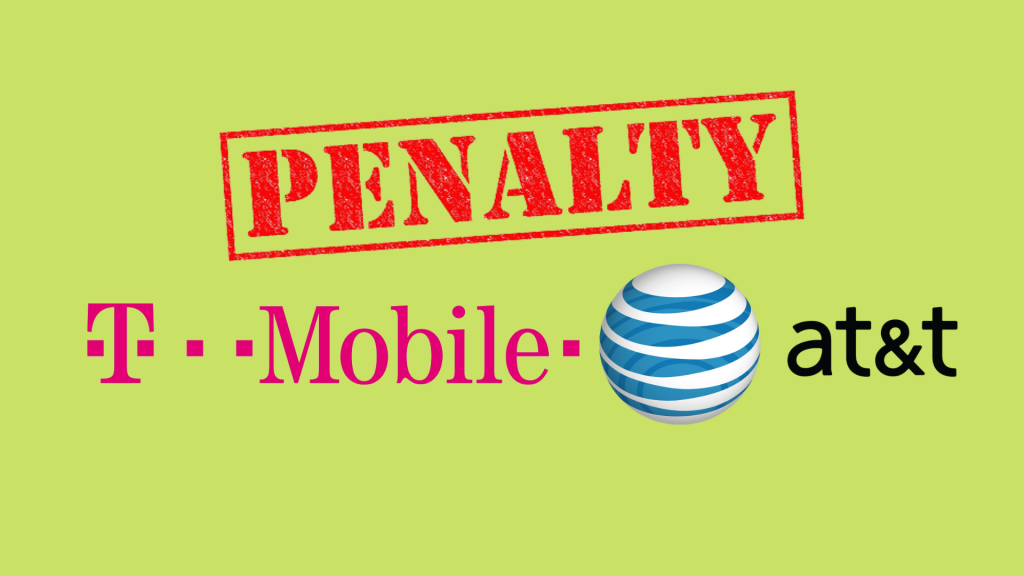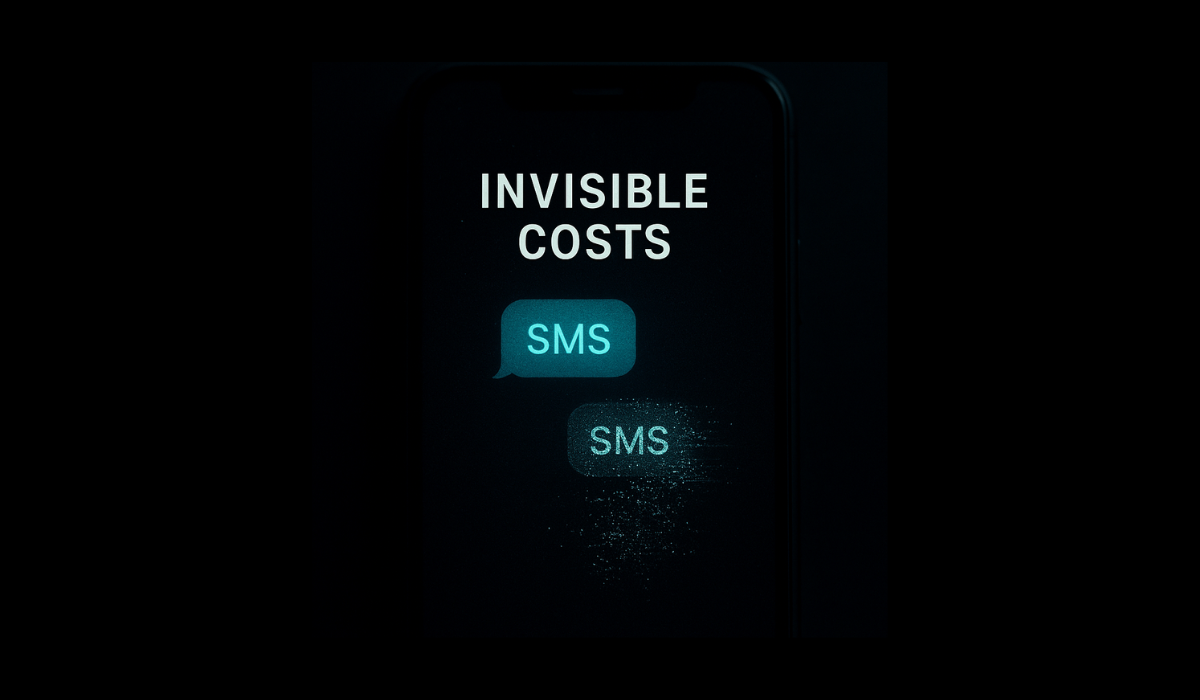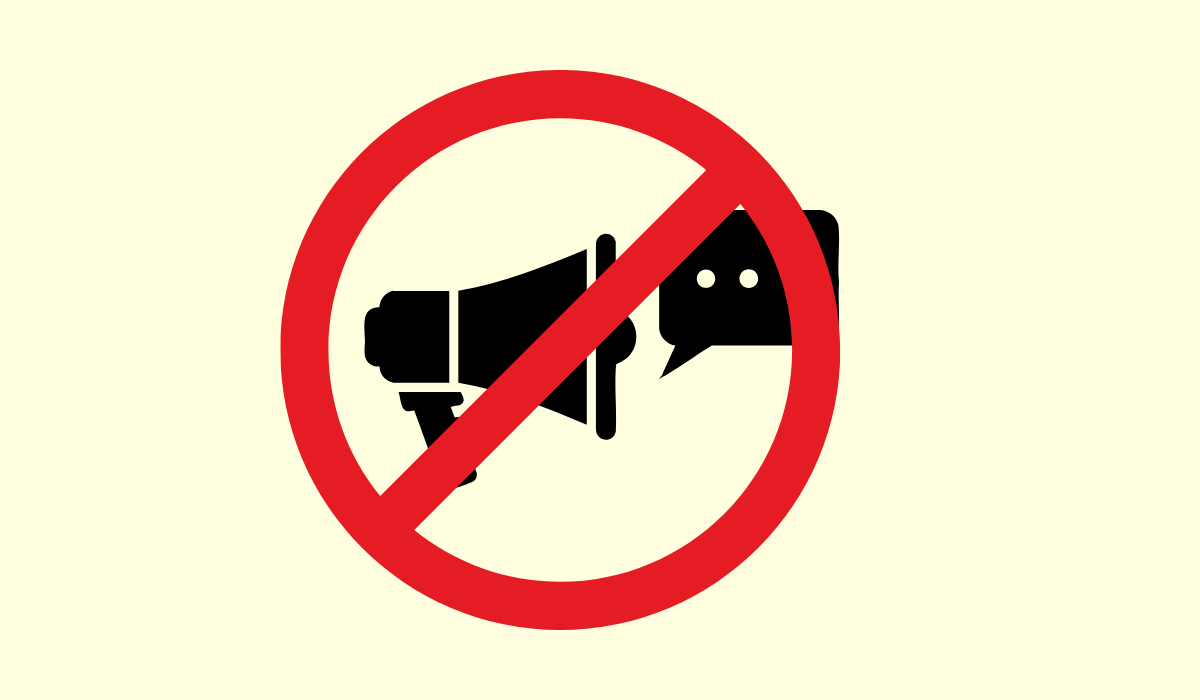Three months ago, your SMS campaigns hit 94% deliverability. Last month, 87%. This month, 81%.
AT&T surcharges and T-Mobile’s proposed penalties for violations of 10DLC/long code guidelines and other fees

SMS marketers are facing unprecedented penalties proposed by T-Mobile that may rock the 10DLC messaging industry. T-Mobile is requiring new 10DLC to be approved prior to launching SMS campaigns and violations can be very costly. T-Mobile made an announcement to block non-registered numbers for 10DLC, its surcharges, other fees, and penalties for violations. The blocking of non-registered numbers will start on June 01, 2021.
Here are the details on new fees and penalties:
Current and proposed surcharges for 10DLC/long codes
- VZ – $0.00255, since February 2020
- AT&T – $0.002, till May 1, after that based on reputation $0.002 ~ $0.004
- T-Mobile – $0.003 for MT and MO, starting April 01
- US cellular – $0.005
Other fees by T-Mobile starting on April 01, 2021 (these are one-time fee)
- Campaign Service Activation Fee – $50
- Campaign Service Migration Fees – $50
- NNID Registration Fees – $2,000
T-mobile penalties for violation of practices/guidelines
T-Mobile will charge Syniverse the following penalties and it will pass through these fees to its clients. These are proposed and have not implemented and we are not sure if T-Mobile will follow through:
- Text Enablement – If traffic is being sent from a long code prior to the program being fully approved by T-Mobile – $10,000
- Grey Route – if you attempt to route A2P messages as P2P messages after 10DLC has been enabled. – $10 per each 10DLC messages sent through grey route
- 10DLC Long Code Messaging Program Evasion – if a program is fond to use evasion techniques like snowshoeing, unauthorized number replacement, and dynamic routing – $1,000
- Content Violation – this applies to each unique instance of the third or any subsequent notification of a content violation involving the same content provider. Examples of content violation;
- SHAFT (sex, hate, alcohol, firearms, tobacco)
- Spam or Phishing that meets the threshold of a Severity 0 violation per the CTIA short code monitoring handbook
More Articles


SMS Marketing, SMS, sms carrier, tcpa
Why SMS Marketing Might Be Dead in 5 Years—If Carriers Keep This Up
For over a decade, SMS marketing has been the bedrock of mobile engagement. With open rates often cited above 95% and near-universal device compatibility, it seemed indestructible. Yet today, industry insiders are sounding the...

SMS, sms carrier, tcpa, tcpa restrictions
Are SMS Compliance Rules Silencing Free Speech in Marketing?
Few marketing channels are as tightly controlled — yet so widely used — as SMS. Behind every promotional text lies an invisible gauntlet of carrier rules, algorithmic filters, and registration barriers. Most recipients never...